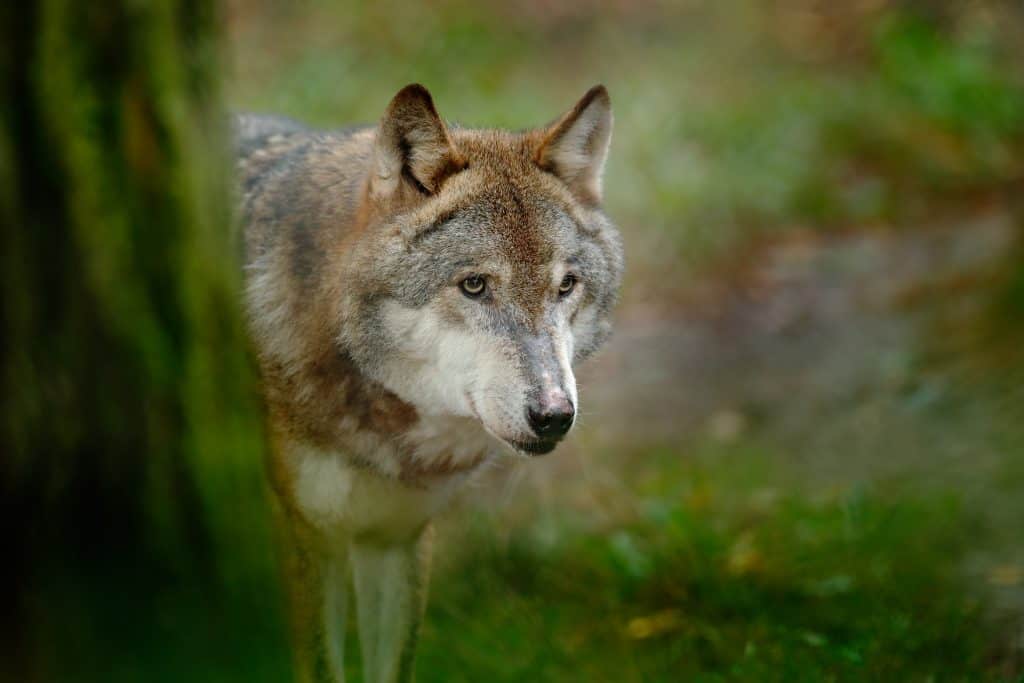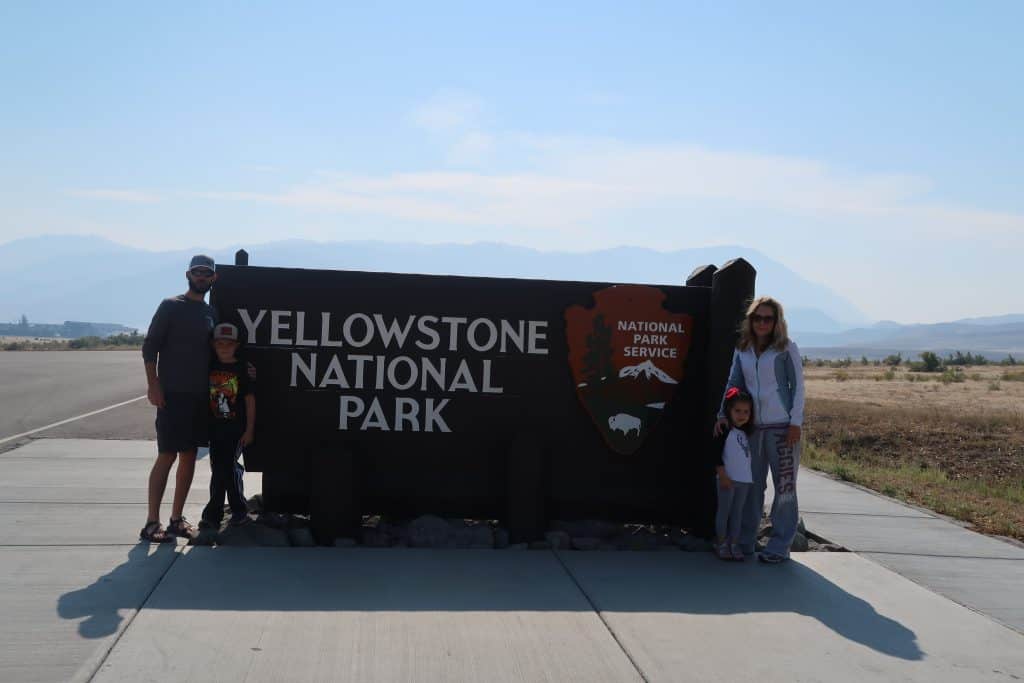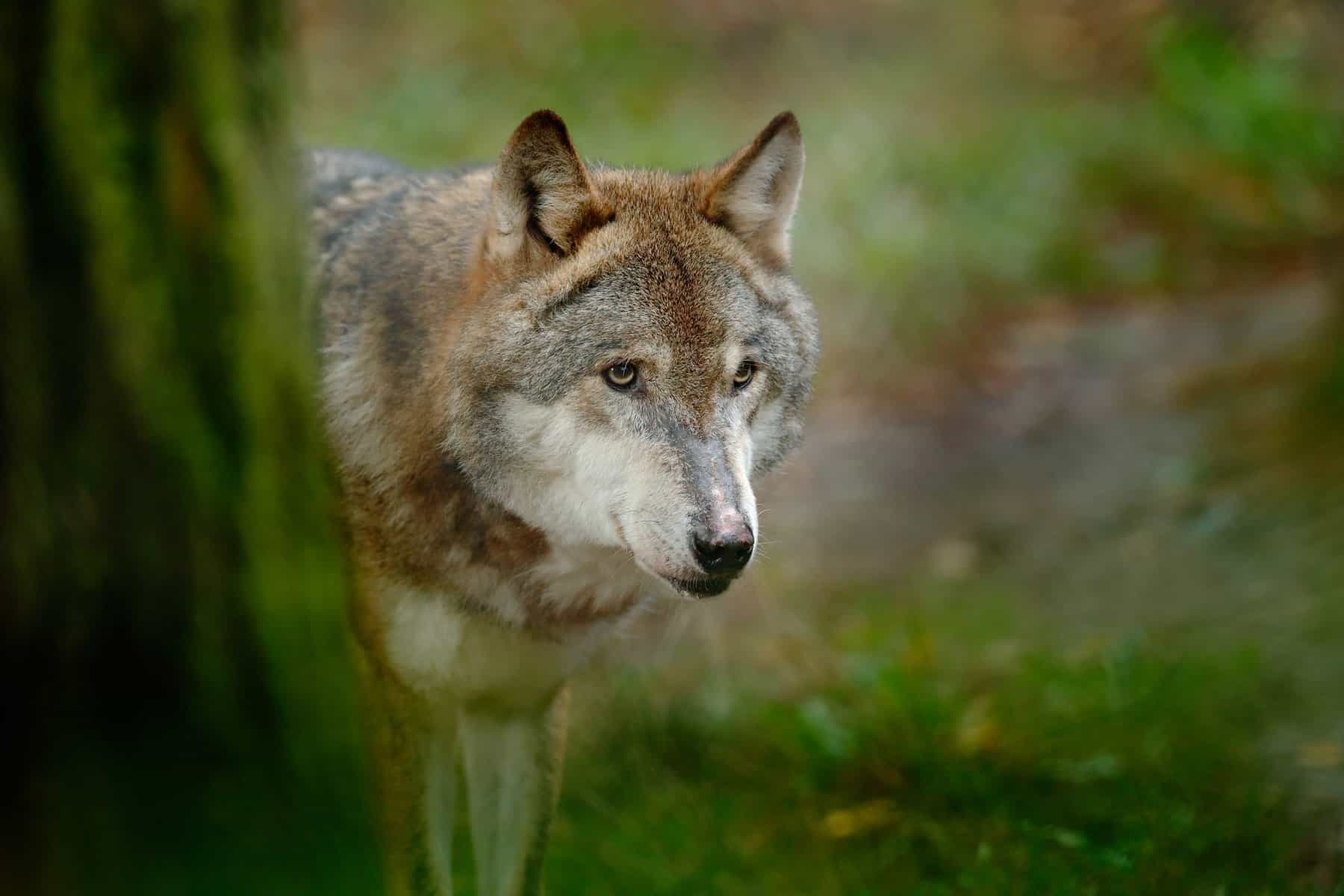Yellowstone National Park is a vast wilderness area that spans across three states. It covers over 2.2 million acres. Home to diverse ecosystems and a plethora of wildlife, the park is a testament to the resilience of nature.
One of the most iconic and controversial species in Yellowstone is the gray wolf. Her history in the park is a complex and fascinating story. Read on to learn about their near extinction, their successful reintroduction, and their monumental impact on the Yellowstone ecosystem.

Wolves of Yellowstone
The Near Extinction of Wolves
Wolves were once a common sight in Yellowstone National Park with an estimated population of 50 to 100 wolves in the early 1900s. However, due to intense hunting and trapping, their numbers began to decline rapidly. By the 1920s, wolves were effectively eradicated from the park. The park ecosystem began to suffer as a result.
Without wolves to keep them in check, the populations of elk exploded. This led to overgrazing and habitat destruction, especially on the vegetation. The absence of wolves also had a ripple effect on other species, such as coyotes, foxes, beavers, and moose, all forced to compete with the unchecked prey animals for resources.
Reintroduction of Wolves
In the 1970s, the National Park Service and other conservation organizations recognized the importance of wolves in Yellowstone’s ecosystem. They began a controversial and ambitious plan to reintroduce them to the park. Around 1995, a total of 31 wolves were captured in Canada and released into Yellowstone National Park.
The reintroduction of wolves was met with both excitement and skepticism. Many people were thrilled at the prospect of restoring balance to the ecosystem and bringing back a keystone species. In fact, I distinctly recall visiting Yellowstone in 1994 and purchasing a wolf conservation packet at the gift shop. As a visitor, I looked forward to the day I could return and witness their majestic presence in this vast wilderness.
However, the region surrounding Yellowstone National Park is home to many ranchers. Rightfully so, they feared the impact of wolves on their livestock.
Wolves are, indeed, threats to the livelihoods of ranchers, and thirty years later we are again witnessing the conversations between them and those advocating for wolf reintroduction efforts.
Impact on the Ecosystem
Since their reintroduction, the wolves of Yellowstone National Park have had a profound impact on the ecosystem. They have helped to control the populations of elk and other prey animals, and this has led to a resurgence of vegetation as well as habitat restoration. This, in turn, has benefited a variety of plant and animal species, from songbirds to beavers to grizzly bears.
It is clear that the presence of wolves in Yellowstone has had a profound impact on the behavior of other animals in the ecosystem.
Controversies and Challenges
Despite their positive impact on the ecosystem, the wolves of Yellowstone National Park continue to be a controversial and challenging issue. Some ranchers and hunters argue that wolves pose a threat to their livelihoods and should be removed from the park, while others point to the ecological benefits of the wolves and advocate for their protection.
The management of wolf populations in Yellowstone is a complex and ongoing issue. There are many debates over hunting quotas, pack sizes, and genetic diversity. However, the success of the reintroduction program thus far is a testament to the resilience of these remarkable animals and to the power of conservation efforts.
Conservation Efforts
National parks are some of the most beautiful and biodiverse areas in the world, and one of the most important aspects of their conservation efforts is protecting the wildlife that call them home. Wolves are a particularly important species in this regard because they play a key role in maintaining the ecological balance of many of the parks they inhabit.
Unfortunately, wolves face a number of challenges, from habitat loss and fragmentation to human-wildlife conflict. Supporting their conservation efforts is crucial to wolves’ long-term survival. Some of the ways that national park lovers can support wolf conservation efforts are:
Educate Yourself and Others
One of the most important things you can do to support wolf conservation efforts is to educate yourself and others about the importance of these animals to the ecosystem. Wolves play a key role in regulating prey populations. This helps to prevent overgrazing and maintain the health of plant communities.
Wolves also promote biodiversity by creating niches for other species and helping to maintain a healthy balance of populations. By learning more about the ecology and behavior of wolves, you can become a better advocate for their conservation.
Be sure to extend your knowledge to other species making comebacks in our national parks. The peregrine falcon is another great example of successful conservation efforts in Acadia National Park.
Support Conservation Organizations
There are many organizations dedicated to wolf conservation, and supporting these groups is an excellent way to help protect these animals. Groups like the Yellowstone Wolf Project, the International Wolf Center, and the Wolf Conservation Center all work towards protection, research and education surrounding these animals.
By donating to these organizations, volunteering your time, or simply spreading the word about their work, you can help support wolf conservation.
Visit National Parks
Visiting national parks that are home to wolves can also be a powerful way to support their conservation efforts. National parks play a key role in protecting wolf habitats and promoting biodiversity. By visiting these areas, you can help support their ongoing conservation efforts.
When you visit a park, be sure to follow all rules and regulations regarding wildlife viewing. Be respectful of the natural habitat of the wolves and other animals you encounter.

Support Sustainable Tourism
Finally, supporting sustainable tourism practices can also be a powerful way to support wolf conservation efforts. Sustainable tourism is focused on promoting responsible and ethical travel practices that minimize negative impacts on the environment and wildlife.
You can help ensure that the parks and wilderness areas that wolves call home remain healthy and intact for generations to come!
If you are travelling to Yellowstone National Park, and seeing wolves is high on your priority list, consider booking a private wildlife sightseeing tour.
We have seen many wolves and bears on these special “safaris” hosted by locals guides. Although it is an investment to enjoy these tours, they often create once-in-a-lifetime moments. (We love them so much that we will be taking another private sightseeing tour in July!)
For more tips on how to find wolves when visiting Yellowstone National Park, read our post about spotting wolves and bears.
Conclusion
Wolves are one of the most iconic and important species in many national parks. Supporting their conservation efforts is crucial to their long-term survival. By educating yourself and others, supporting conservation organizations, visiting national parks, and supporting sustainable tourism practices, you can help protect these animals.
Despite ongoing controversies and challenges, the wolves of Yellowstone National Park remain a powerful symbol of the resilience of nature and the importance of conservation efforts. With ongoing management and protection, these remarkable animals will continue to thrive in the park and play a vital role in maintaining the health and biodiversity of the ecosystem.
If you’re planning a visit to Yellowstone National Park, keep an eye out for the iconic wolves that call this home. With their unique history and important ecological role, they are truly one of the most fascinating and awe-inspiring species in the park.

